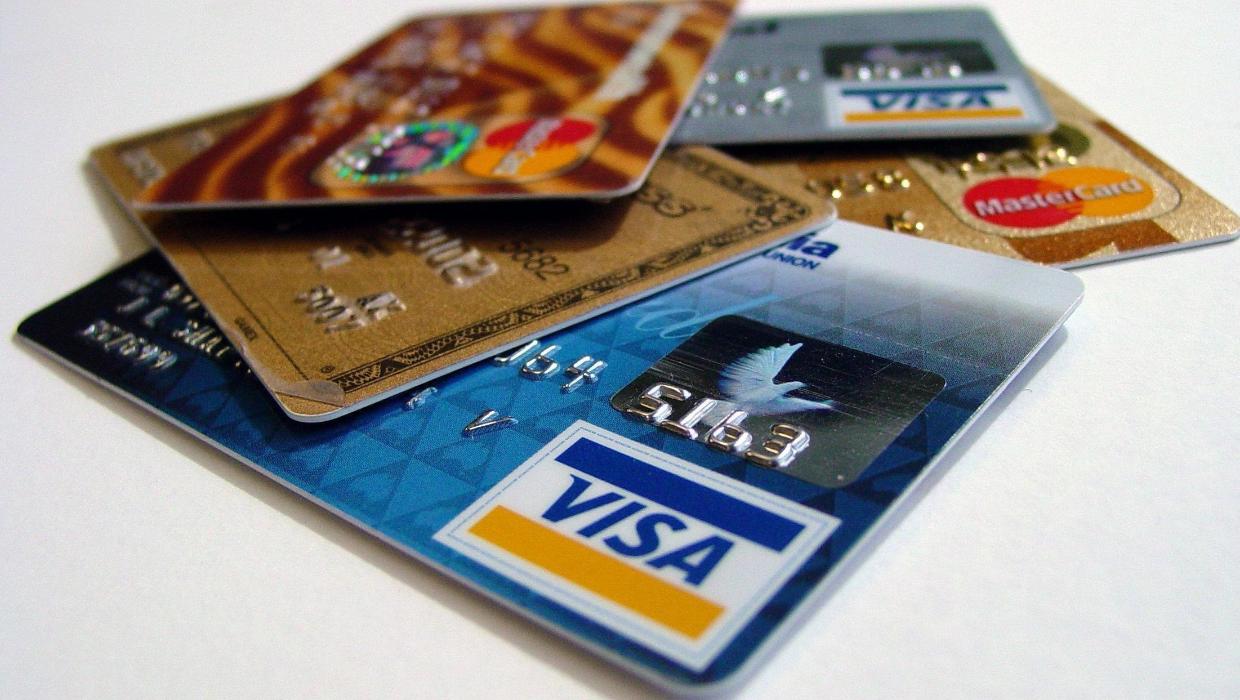Lifestyle
Consumers Prioritize Luxuries Despite Rising Living Costs

As living costs rise globally, consumers are still prioritizing certain luxuries in their spending habits. Recent insights reveal that while many individuals face financial pressures, they continue to indulge in select premium items, demonstrating a complex relationship between necessity and desire.
A survey conducted by the Financial Times in March 2024 highlights this trend, revealing that 62% of respondents reported maintaining or increasing their expenditure on luxury goods, despite economic challenges. This preference for luxury items underscores a resilience among consumers who find value in quality over quantity.
What Luxuries Are Consumers Buying?
Respondents cited various luxury categories, with fashion, technology, and wellness being the most popular. High-end clothing brands remain a staple, with many consumers willing to invest in timeless pieces that promise longevity. Technology purchases, particularly the latest smartphones and smart home devices, also featured prominently, as individuals seek to enhance their living environments.
Wellness products, including premium skincare and fitness memberships, have gained traction as consumers increasingly prioritize self-care. According to the survey, 47% of participants indicated that they view spending on wellness as an essential investment in their health, rather than a mere luxury.
The Impact of Inflation on Spending Habits
While inflation has prompted many to tighten their budgets, the persistence of luxury spending illustrates a shift in consumer priorities. James Smith, a market analyst, noted that “luxury goods often serve as a form of reassurance during times of economic uncertainty.” This sentiment resonates with many buyers who equate luxury with comfort and status, even in a challenging financial climate.
The retail sector is experiencing a dichotomy; while budget brands report decreased sales, luxury retailers are witnessing robust demand. Reports from the Luxury Institute indicate that luxury sales surged by 15% in the first quarter of 2024, suggesting that affluent consumers remain largely unaffected by economic downturns.
Moreover, social media’s influence cannot be overlooked. Platforms like Instagram and TikTok drive trends in luxury spending, with influencers promoting high-end products that resonate with younger audiences. This dynamic creates a blend of aspiration and accessibility, encouraging consumers to invest in luxuries that enhance their lifestyles.
In summary, even as the cost of living continues to rise, a notable segment of consumers remains committed to luxury spending. The ongoing demand for premium products highlights a complex interplay between economic pressures and consumer desires, suggesting that while many are cautious, the allure of luxury persists.
-

 World4 months ago
World4 months agoTest Your Knowledge: Take the Herald’s Afternoon Quiz Today
-

 Sports4 months ago
Sports4 months agoPM Faces Backlash from Fans During Netball Trophy Ceremony
-

 Lifestyle4 months ago
Lifestyle4 months agoDunedin Designers Win Top Award at Hokonui Fashion Event
-

 Entertainment4 months ago
Entertainment4 months agoExperience the Excitement of ‘Chief of War’ in Oʻahu
-

 Sports4 months ago
Sports4 months agoLiam Lawson Launches New Era for Racing Bulls with Strong Start
-

 World5 months ago
World5 months agoCoalition Forms to Preserve Māori Wards in Hawke’s Bay
-

 Health4 months ago
Health4 months agoWalking Faster Offers Major Health Benefits for Older Adults
-

 Lifestyle4 months ago
Lifestyle4 months agoDisney Fan Reveals Dress Code Tips for Park Visitors
-

 Politics4 months ago
Politics4 months agoScots Rally with Humor and Music to Protest Trump’s Visit
-

 Top Stories5 months ago
Top Stories5 months agoUK and India Finalize Trade Deal to Boost Economic Ties
-

 Health2 months ago
Health2 months agoRadio Host Jay-Jay Feeney’s Partner Secures Visa to Stay in NZ
-

 World5 months ago
World5 months agoHuntly Begins Water Pipe Flushing to Resolve Brown Water Issue









